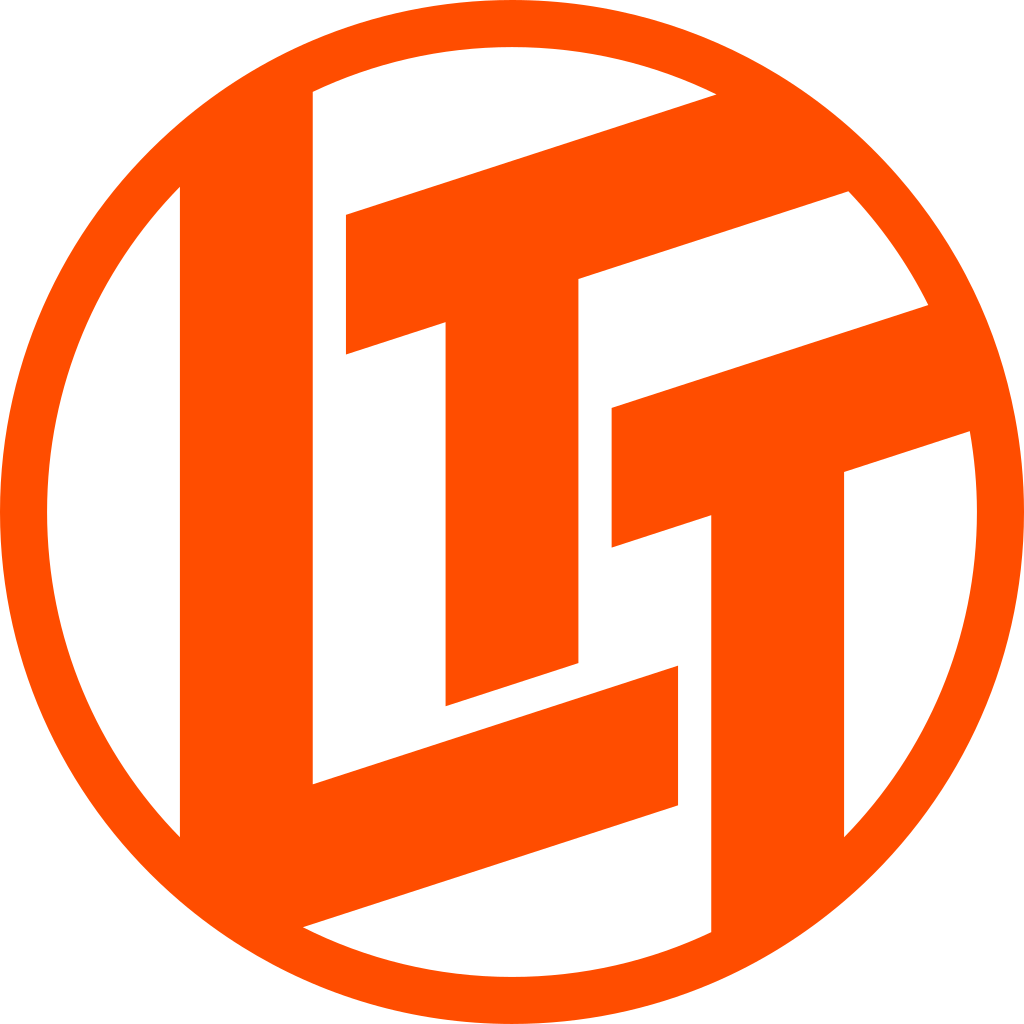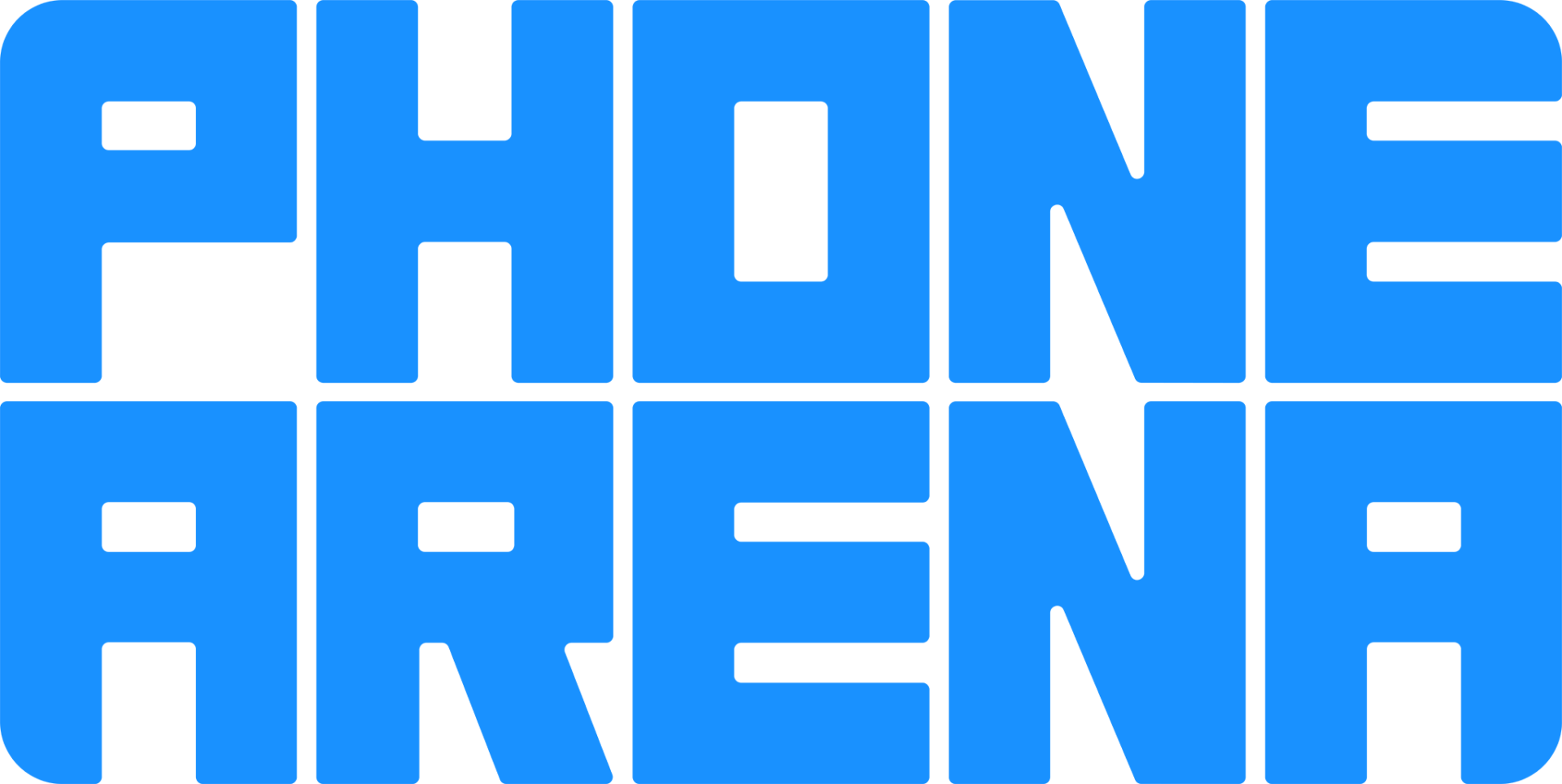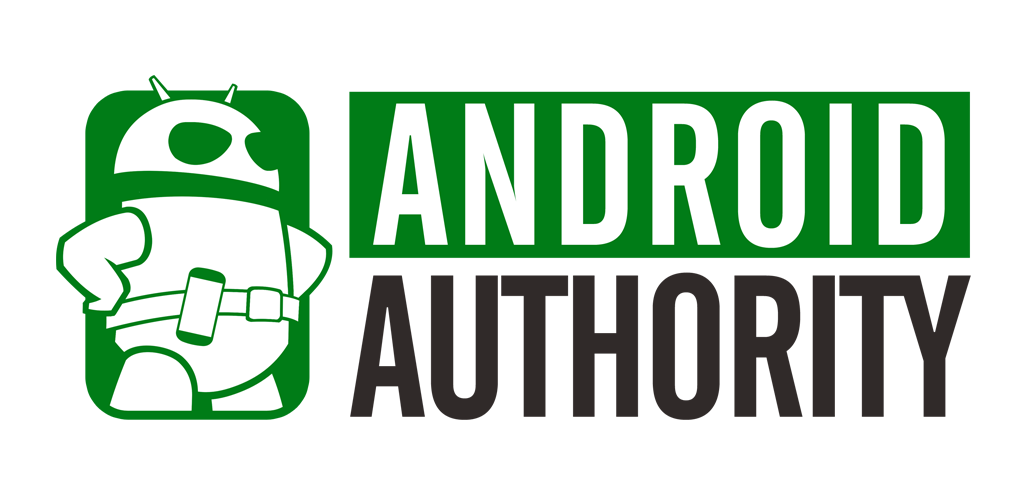A comparison of specs, key information, reviews, and best pricing from top retailers
Last updated -- hours ago | Report incorrect information
What we think

The PerfectRec TV team Learn more
Updated January 10, 2024·
Choose the Samsung Q80B for a better experience in bright rooms and slightly better suitability for watching TV shows and news due to its efficient reflection handling. The Samsung is also slightly less expensive, appealing if you are looking to save money. However, for a superior streaming experience and gaming performance, the TCL QM8 would be a better option, plus it offers better HDR peak brightness which enhances movie watching. Note, though, the TCL QM8 isn’t as well equipped to handle reflections in sunny rooms compared to the Samsung. Give Feedback
this description is based on the product variant with some specs and product variant with some specs. At the time of writing, the variant with some specs cost some dollars and the variant with some specs cost some dollars.
Advantages of the Samsung Q80B (LCD)
- Good for news, talk, & other TV
- Good for upscaling
- Very good motion processing
- Good viewing angle
Advantages of the TCL QM8 (LCD)
- Best in class for bright room
- Very good for dark room
- Very good for movies & TV
- Very good for cartoons & animation
- Very good reflections
Key differences
Picture Quality
7.1


8.5
5.33/10
CONTRAST
8.00/10
7.5/10
COLOR VOLUME SCORE
9.2/10
LED FALD
PANEL TYPE
miniLED FALD
IPS
PANEL SUB-TYPE
VA
The TCL QM8 (LCD) has very good picture quality, while the Samsung Q80B (LCD) has good picture quality.
Movies & TV
6.4


8.3
5.33/10
CONTRAST
8.00/10
5.2/10
BLACK UNIFORMITY
8.5/10
7.5/10
UPSCALING
4.8/10
Yes
HDR10 SUPPORT
Yes
Yes
HDR10+ SUPPORT
Yes
No
DOLBY VISION SUPPORT
Yes
The TCL QM8 (LCD) is very good for movies & TV, while the Samsung Q80B (LCD) is only fair.
The TCL QM8 outshines the Samsung Q80B for movies and cinematic TV mainly due to its superior contrast, outstanding local dimming, and excellent black uniformity, which are critical for an immersive viewing experience. Although both TVs have good color performance and viewing angles, the drawbacks of the Samsung Q80B, such as lower contrast and less effective black uniformity, make the TCL QM8 a more appealing option for those particular uses.
Cartoons & Animation
7.6


8.9
7.3/10
COLOR GAMUT SCORE
8.1/10
7.5/10
COLOR VOLUME SCORE
9.2/10
8.8/10
SDR BRIGHTNESS SCORE
10.0/10
7.8/10
COLORS OUT OF THE BOX SCORE
7.6/10
6.4/10
GRAY UNIFORMITY
7.5/10
The TCL QM8 (LCD) is very good for cartoons & animation, while the Samsung Q80B (LCD) is good.
The Samsung Q80B and TCL QM8 both display cartoons & animation with pleasing colors straight out of the box, eliminating the need for immediate calibration. However, the TCL QM8 has a superior color gamut which translates to more vivid and varied hues, enhancing the viewing experience of colorful animated content as compared to the Samsung Q80B.
News, Talk, & Other TV
7.8


6.8
8.8/10
SDR BRIGHTNESS SCORE
10.0/10
7.5/10
UPSCALING
4.8/10
The Samsung Q80B (LCD) is good for news, talk, & other TV, while the TCL QM8 (LCD) is only fair.
The Samsung Q80B is better for watching news and TV programs as it has very good upscaling and SDR brightness, making lower resolution content look better and providing a bright, clear image. The TCL QM8, while offering the best category for SDR brightness which is great for well-lit rooms, falls behind in upscaling of content, which is a critical factor for standard definition sources like many TV broadcasts.
Bright Room
7.4


9.9
7.4/10
VIEWING ANGLE
5.3/10
8.8/10
SDR BRIGHTNESS SCORE
10.0/10
7.7/10
HDR BRIGHTNESS SCORE
9.3/10
6.0/10
REFLECTIONS SCORE
8.9/10
The TCL QM8 (LCD) is best in class for bright room, while the Samsung Q80B (LCD) is good.
The TCL QM8 excels in very bright rooms partly due to its superior SDR and HDR peak brightness, which helps the picture remain clear even in brightly lit environments. Meanwhile, the Samsung Q80B, while offering good reflection handling and SDR brightness, doesn't reach the same brightness levels as the TCL QM8, making it less ideal for the brightest rooms.
Cost
$998


$1,498
$500
$1,000
$1,500
$2,000
$2,500
The Samsung Q80B (LCD) has a price of $998 and the TCL QM8 (LCD) costs $1,498.

Let Us Help Find Your Perfect TV
Find your new TV
Key similarities
Sports
6.8


6.5
8.0/10
MOTION PROCESSING
4.6/10
120Hz
REFRESH RATE
120Hz
10.0/10
INPUT LAG SCORE
7.6/10
7.5/10
UPSCALING
4.8/10
8.8/10
SDR BRIGHTNESS SCORE
10.0/10
Yes
HLG SUPPORT
Yes
The Samsung Q80B (LCD) and TCL QM8 (LCD) are both only fair for sports.
The Samsung Q80B has a good response time, which is very important for watching sports to ensure smooth motion, but it has only a good performance for reflections handling and a fair performance for viewing angles, making it less ideal for watching sports in brightly lit or wide-seating areas. The TCL QM8 also offers a good response time and excellent motion processing but falls short with fair viewing angles and reflection handling, thus presenting similar limitations when watching sports in a room with glare or from different angles.
Gaming
8.2


8.3
8.1/10
RESPONSE TIME SCORE
8.1/10
10.0/10
INPUT LAG SCORE
7.6/10
8.0/10
MOTION PROCESSING
4.6/10
60.0/100
GAMING LOCAL DIMMING
90.0/100
8.0/10
GAME HDR BRIGHTNESS SCORE
9.3/10
The TCL QM8 (LCD) and Samsung Q80B (LCD) are both very good for gaming.
Both the Samsung Q80B and the TCL QM8 are noted for their very good gaming performance, primarily due to their high response time scores, which ensure smooth motion clarity, and their low input lag, providing a responsive gaming experience. Additionally, both TVs have a 120Hz refresh rate, which allows for a more fluid and less blurry picture during fast-paced games.
Give feedback
We’re constantly working to improve.
How the Samsung Q80B (LCD) and the TCL QM8 (LCD) compare to other TVs
Spec Comparison
| Samsung Q80B (LCD) | TCL QM8 (LCD) |
GENERAL | |||
|---|---|---|---|
| Price | |||
$998 | $1,498 | ||
Brand | |||
Brand | Samsung | TCL | |
Release Date | |||
Release Date | April 3, 2022 | May 1, 2023 | |
Full name | |||
Full name | QN65Q80B | 65QM850G | |
Screen Size | |||
Screen Size | 65" | 65" | |
Screen Resolution | |||
Screen Resolution | 4K | 4K | |
TV FEATURES | |||
|---|---|---|---|
Operating System | |||
Operating System | Tizen | Google TV | |
Sound Quality Score | |||
Sound Quality Score | 8.6/10 | 7/10 | |
NextGen Ready | |||
NextGen Ready | No | No | |
HDMI Ports | |||
HDMI Ports | 4 | 4 | |
Coax Ports | |||
Coax Ports | 1 | 1 | |
DISPLAY QUALITY SCORES | |||
|---|---|---|---|
Picture Quality Score | |||
Picture Quality Score | 7.1/10 | 8.6/10 | |
Bright Room Score | |||
Bright Room Score | 7.5/10 | 9.9/10 | |
Gaming Score | |||
Gaming Score | 8.3/10 | 8.4/10 | |
Movies & TV Score | |||
Movies & TV Score | 6.5/10 | 8.3/10 | |
Sports Score | |||
Sports Score | 6.9/10 | 6.6/10 | |
PHYSICAL | |||
|---|---|---|---|
Dimensions w/o Stand (H x W x D) | |||
Dimensions w/o Stand (H x W x D) | 32.7" x 56.9" x 2.2" | 32.6" x 56.9" x 1.7" | |
Dimensions with Stand (H x W) | |||
Dimensions with Stand (H x W) | 35.7" x 56.9" | 34.1" x 56.9" | |
Weight without Stand | |||
Weight without Stand | 53.1 lbs | 50.1 lbs | |
VESA Mount | |||
VESA Mount | 400 x 300 | 300 x 400 | |
DISPLAY | |||
|---|---|---|---|
Color Depth | |||
Color Depth | 10 bit | 10 bit | |
Black Frame Insertion | |||
Black Frame Insertion | Yes | Yes | |
Auto Low Latency Mode | |||
Auto Low Latency Mode | Yes | Yes | |
Contrast | |||
Contrast | 5.3/10 | 8/10 | |
Local Dimming | |||
Local Dimming | 5.7/10 | 8/10 | |
SOUND | |||
|---|---|---|---|
Speaker Setup | |||
Speaker Setup | 2.2.2 | 2.1 | |
Speaker Power | |||
Speaker Power | 60 W | 40 W | |
Dolby Atmos | |||
Dolby Atmos | Bypass only | Yes | |
DTS:X | |||
DTS:X | No | Yes, Bypass only | |
Shopping
Samsung Q80B (LCD)
See more
Dig into reviews and images
Tom's guide
Matthew Murray | February 2023
"For most people its picture, sound, and price make it a midrange TV worth considering. HDR brightness was generally exceptional. Its viewing angles are shockingly good, among the very best we’ve seen recently from any non-OLED TV. For gamers input lag isn’t too shabby."
Get a great deal on the Samsung Q80B (LCD) or the TCL QM8 (LCD)
About Samsung
Samsung, a South Korean electronics manufacturer, holds the title of being the largest global TV vendor in terms of units sold. They offer a diverse lineup of TV products that cater to various budget ranges. A notable achievement in recent years is the development of Quantum Dots, a technology that enhances color reproduction, resulting in richer and more vibrant hues. Samsung TVs are well-regarded for their high manufacturing quality and user-friendly software, making them an excellent choice for consumers seeking an intuitive viewing experience.
About TCL
TCL, the highly recognizable TV brand from China, has firmly established itself as the second-largest manufacturer in terms of sales volume. Renowned for striking an impressive balance between affordability, picture quality, and design, TCL TVs deliver a compelling overall package. While they have traditionally excelled in the low-end and midrange TV segments, TCL has recently made remarkable strides in the realm of high-end televisions, introducing impressive models that rival top competitors. Most TCL TVs use Roku software which is very user friendly and easy to use, but they have a few other models that use Google TV which has the largest app selection, but is not as user friendly as Roku.
Give feedback
We're constantly perfecting our model
TV guides you might be interested in
More comparisons for you
FAQs
FAQs about TVs
Why trust us
This information was produced and vetted by the PerfectRec TVs team. We are a product research and recommendation organization that meticulously reviews and evaluates the latest TV information and makes it digestible for you.
By the numbers
385
TVs evaluated
33,110
TVs stats compiled
21
Proprietary TVs ratings developed
137,730
Recommendations made
20,660
Consumer hours saved
About the TV team
Joe Golden, Ph.D
CEO and TVs Editor
Joe is an entrepreneur and lifelong electronics enthusiast with a Ph.D in Economics from the University of Michigan.
Jason Lew
Staff Expert & Software Engineer
Jason is a staff expert and software engineer that has been making laptop recommendations for 7 years and moderates one of the largest laptop subreddits.
Chandradeep Chowdhury
Staff Expert & Software Engineer
Chandradeep is a staff expert and software engineer and expert in televisions and monitors. He’s been making monitor recommendations for ten years.
Jaime Roldán
TVs Expert
Jaime is a Colombia-based TV expert. He is an electronics engineer with 8 years of experience in the telecom sector and has been making TV recommendations for 12 years.







